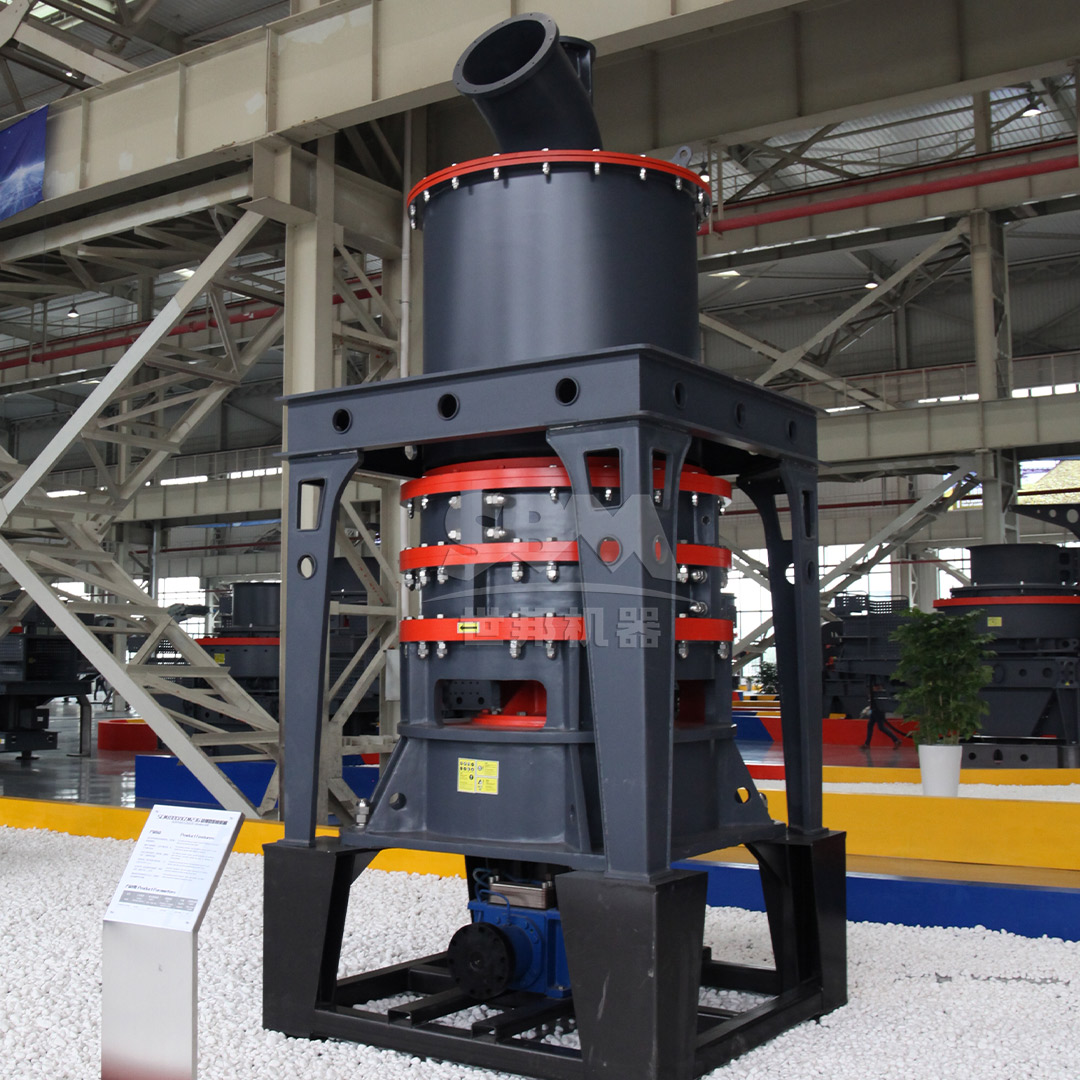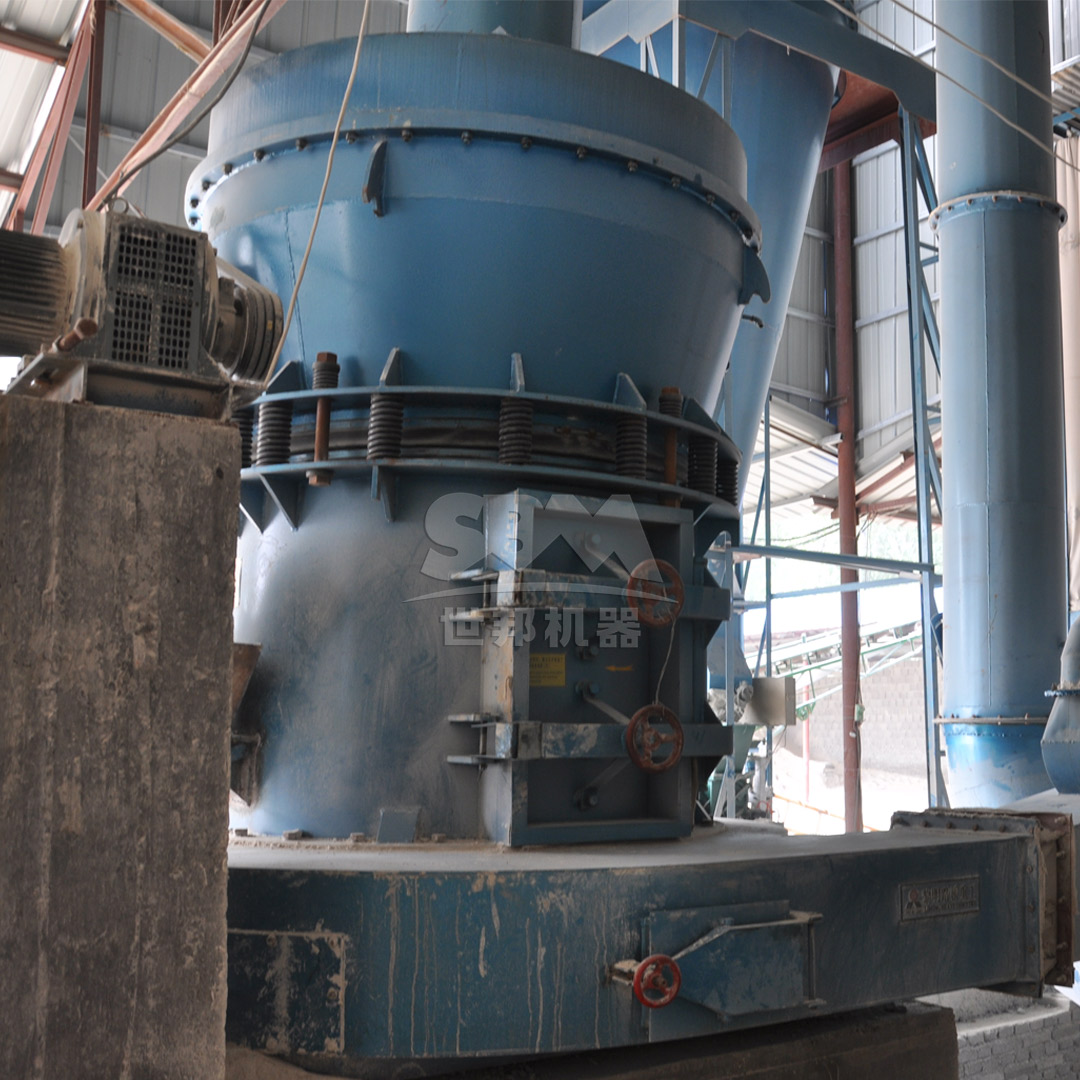The global construction industry is undergoing a significant transformation toward sustainability, with green building materials at the forefront of this revolution. Among these materials, finely ground dolomite has emerged as a crucial component in eco-friendly construction practices. Dolomite, a calcium magnesium carbonate mineral, offers exceptional properties when processed to specific fineness levels, making it ideal for various sustainable applications including green cement, eco-friendly concrete, and energy-efficient building panels.
Proper grinding of dolomite is essential to unlock its full potential in green construction. The particle size distribution, surface area, and chemical reactivity of ground dolomite directly influence its performance in sustainable building applications. This is where advanced grinding technology becomes indispensable for producing high-quality dolomite powders that meet the stringent requirements of modern green construction standards.

The production of sustainable building materials demands specific technical characteristics from ground dolomite. For optimal performance in green cement applications, dolomite must be ground to a fineness range between 325 to 2500 mesh, with precise control over particle size distribution to ensure proper chemical reactions and reduced carbon footprint. The grinding process must also maintain the mineral’s inherent properties while achieving the required surface area for enhanced reactivity.
Energy efficiency represents another critical consideration in dolomite processing for sustainable construction. Traditional grinding methods often consume excessive energy, undermining the environmental benefits of using dolomite in green building materials. Modern grinding solutions must therefore balance production efficiency with minimal energy consumption, while maintaining consistent product quality across different dolomite sources and compositions.
| Parameter | Requirement for Green Building | Impact on Sustainability |
|---|---|---|
| Particle Size (D97) | 5-45μm | Reduces cement content requirement |
| Energy Consumption | <30 kWh/ton | Lower carbon footprint |
| Noise Level | <75 dB | Improved working environment |
| Dust Emission | <20 mg/m³ | Enhanced air quality |
Modern grinding technology has evolved significantly to address the specific needs of sustainable dolomite processing. Among the most effective solutions for producing high-quality dolomite powder for green building applications is the SCM Ultrafine Mill, which represents a breakthrough in efficient mineral processing.
The SCM Ultrafine Mill stands out for its exceptional performance in dolomite grinding applications. With an output fineness range of 325-2500 mesh (D97≤5μm) and processing capacity of 0.5-25 tons per hour depending on the model, this machine perfectly meets the requirements for producing dolomite powder for sustainable building materials. Its advanced design incorporates multiple innovative features that make it particularly suitable for green construction applications.
The efficiency of dolomite grinding mills directly impacts the sustainability of the final building products. Key technological advancements include:
High-Efficiency Grinding Mechanism: Advanced mills utilize optimized grinding curves and pressure systems that maximize material utilization while minimizing energy consumption. The SCM series, for instance, achieves 30% lower energy consumption compared to conventional grinding systems, significantly reducing the carbon footprint of dolomite processing.
Precision Classification Systems: Modern grinding mills incorporate sophisticated classification technology that ensures consistent particle size distribution. The vertical turbine classifier in the SCM Ultrafine Mill enables precise size cuts without coarse powder contamination, resulting in superior product quality for green building applications.
Durability and Maintenance Optimization: Sustainable processing requires equipment with extended service life and minimal maintenance requirements. Special wear-resistant materials for rollers and grinding rings, combined with innovative designs like the bearingless screw grinding chamber in the SCM series, significantly extend component lifespan and reduce material waste from frequent replacements.

For operations focused on producing dolomite powder for green building materials, the SCM Ultrafine Mill offers an unparalleled combination of performance, efficiency, and environmental compatibility. This advanced grinding system operates on a sophisticated principle where the main motor drives multiple layers of grinding rings to rotate, distributing material into the grinding path through centrifugal force. The sequential grinding process through roller compression ensures optimal particle size reduction, while the integrated cyclone collector and pulse dust removal system guarantee efficient powder collection with minimal environmental impact.
The environmental performance of the SCM Ultrafine Mill makes it particularly suitable for sustainable dolomite processing. With pulse dust collection efficiency exceeding international standards and noise levels controlled below 75dB through integrated soundproofing, this grinding solution aligns perfectly with the environmental objectives of green building material production.
| Model | Processing Capacity (ton/h) | Main Motor Power | Input Size | Output Fineness |
|---|---|---|---|---|
| SCM800 | 0.5-4.5 | 75 kW | 0-20mm | 325-2500 mesh |
| SCM900 | 0.8-6.5 | 90 kW | 0-20mm | 325-2500 mesh |
| SCM1000 | 1.0-8.5 | 132 kW | 0-20mm | 325-2500 mesh |
| SCM1250 | 2.5-14 | 185 kW | 0-20mm | 325-2500 mesh |
| SCM1680 | 5.0-25 | 315 kW | 0-20mm | 325-2500 mesh |
For larger-scale operations requiring high-volume production of dolomite powder for green building materials, the MTW Series Trapezium Mill presents an excellent alternative. With processing capacities ranging from 3 to 45 tons per hour and output fineness between 30-325 mesh, this robust grinding system efficiently handles the demands of industrial-scale sustainable construction material production.
The MTW Series incorporates several innovative features that enhance its suitability for dolomite processing. The wear-resistant shovel design with combined blades significantly reduces maintenance costs, while the curved air channel optimization minimizes energy loss and improves transmission efficiency. The integrated cone gear transmission system achieves remarkable 98% transmission efficiency, contributing to substantial energy savings in large-scale dolomite grinding operations.
Operation of the MTW Series involves the main motor driving the grinding rollers to revolve around the central axis while simultaneously rotating to generate centrifugal force. The shovel blades throw material between the grinding ring and rollers to form a material layer, achieving efficient crushing through compression, with the classification system precisely controlling the final product fineness.
The transition to advanced grinding technology for dolomite processing offers multiple environmental advantages that align with the principles of green building:
Reduced Carbon Footprint: Modern grinding mills like the SCM and MTW series achieve significantly lower energy consumption per ton of processed material, directly reducing the carbon emissions associated with dolomite powder production for construction applications.
Minimal Environmental Impact: Advanced dust collection and noise reduction systems ensure that dolomite processing operations meet stringent environmental standards, protecting both workers and surrounding communities from pollution and noise exposure.
Enhanced Material Efficiency: Precision grinding and classification systems maximize the utilization of raw dolomite, minimizing waste and supporting the circular economy principles central to sustainable construction.

Properly ground dolomite finds diverse applications in green construction, contributing to multiple aspects of building sustainability:
Green Cement Production: Finely ground dolomite serves as a supplementary cementitious material that reduces the clinker factor in cement production, significantly lowering the carbon footprint of this essential construction material. The specific surface area and particle size distribution achieved by advanced grinding mills like the SCM series optimize the pozzolanic reactivity of dolomite, enhancing cement performance while reducing environmental impact.
Eco-Friendly Concrete: Ground dolomite improves the workability, durability, and sustainability of concrete mixtures. The fine particles fill voids between cement grains, reducing water demand and enhancing strength development. This allows for the production of high-performance concrete with lower cement content, contributing to substantial CO2 reduction in the construction industry.
Sustainable Building Panels: Dolomite powder serves as a key component in various eco-friendly building panels, including magnesium oxide boards and other composite materials. The consistent fineness and chemical purity achieved through advanced grinding ensure optimal performance in these applications, supporting the production of durable, non-toxic, and energy-efficient building components.
The future of dolomite grinding for green building materials points toward increasingly integrated, intelligent, and efficient systems. Emerging trends include:
AI-Optimized Grinding Operations: The integration of artificial intelligence and machine learning enables real-time optimization of grinding parameters based on raw material characteristics and desired product specifications. This intelligent approach maximizes energy efficiency and product quality while minimizing operational costs.
Hybrid Energy Systems: Future grinding operations will increasingly incorporate renewable energy sources, further reducing the carbon footprint of dolomite processing for sustainable construction. Solar-assisted grinding systems and energy recovery technologies represent promising developments in this area.
Circular Economy Integration: Advanced grinding technology will play a crucial role in supporting circular economy principles in construction, enabling the efficient processing of recycled materials alongside virgin dolomite for sustainable building applications.
The production of high-quality dolomite powder for sustainable building materials relies fundamentally on advanced grinding technology. Machines like the SCM Ultrafine Mill and MTW Series Trapezium Mill represent the cutting edge of efficient, environmentally responsible mineral processing, offering the precision, efficiency, and environmental compatibility required for genuine sustainability in construction.
As the global construction industry continues its transition toward greener practices, the importance of advanced dolomite grinding technology will only increase. By investing in modern grinding solutions specifically designed for sustainable applications, producers can significantly contribute to reducing the environmental impact of construction while meeting the growing demand for high-performance green building materials.
The combination of appropriate grinding technology with the inherent benefits of dolomite creates a powerful synergy that supports the broader objectives of sustainable development in the construction sector. Through continued innovation and adoption of advanced grinding systems, the industry can accelerate its progress toward a genuinely sustainable built environment.